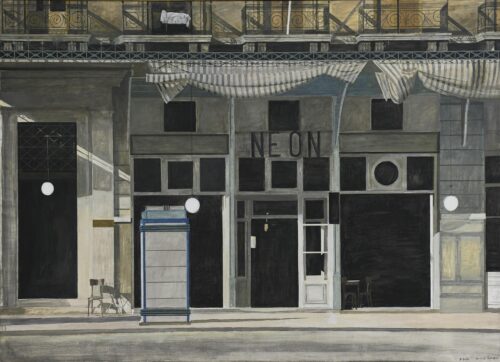
Tsarouchis Yannis (1910 - 1989)
“Neon” Cafe (Daytime), 1956-1966
He studied at the School of Fine Arts (1928-1934) under Dimitrios Biskinis, Dimitrios Geraniotis, Spyros Vikatos, Georgios Jakovides, Thomas Thomopoulos, Yannis Kefallinos and Konstantinos Parthenis. At the same time he spent four years (1930-1934) in the workshop of Fotis Kontoglou who initiated him into Byzantine painting and music.
In 1935 he travelled to Constantinople and Smyrna and then went to Paris where he learned the art of copperplate. In the French capital he studied at first hand the painting of the Renaissance, Impressionism and the work of Theophilos from the Teriade collection. He also met Matisse, Laurens and Giacometti. In 1936 he returned to Greece and two years later organized his first solo show at the Th. Alexopoulos business in Athens. This was followed by many solo shows among which were retrospectives in 1952 at the British Council, 1966 at the Astor gallery and 1981 at the Archaeological Museum of Thessaloniki while in 1980 a solo show was organized at the Grand Palais. His exhibition activity also included appearances at the exhibitions of the “Armos” (Junction) group, of which he was a founding member, Panhellenies and international exhibitions such as the Biennales of Alexandria in 1955 and Venice in 1958.
He started his professional involvement with set design in 1928 and this was to make up an important part of his artistic creation and includes cooperative undertakings with the National Theater, the State Opera, Karolos Koun’s Art Theater, the Ancient Theater at Epidaurus, Covent Garden in London, the Dallas Civic Opera of Texas, the Theatre National Populaire of Paris and Teatro Olympico in Vincenza. He also worked with important Greek and foreign artists such as Maria Callas, Katina Paxinou, Alexis Minotis, Michael Kakoyannis, Jules Dassin and Franco Zeffirelli. During the period 1960-1962, moreover, he taught stage design at the Doxiadis School. He was also involved with book illustration while in the context of his broader interest in art, he wrote texts and reviews which were later published in books.
In 1967, because of political developments in Greece, he went back to Paris and returned home once and for all in 1980. Two years later he launched the “Tsarouchis Foundation” housed in the artist’s house in Maroussi and containing both his works and those of other artists.
One of the most important representatives of the “Thirties Generation”, Tsarouchis embodied in his work the ideal of “Greekness”. With a multiplicity of influences from Hellenistic and Byzantine art, the art of the Renaissance and more modern times, the work of Matisse, Theophilos and Kontoglou as well as the figures of the Karaghiozis shadow puppets, he created a unique personal style and depicted landscapes, still lifes, nudes and allegorical scenes. But his interest was primarily focused on the human figure, creating isolated portraits, as well as scenes with sailors and soldiers, which make up a characteristic part of his work.
A retrospestive exhibition of his work was inaugurated in December 2009 in the Benaki Museum.

“Neon” Cafe (Daytime), 1956-1966
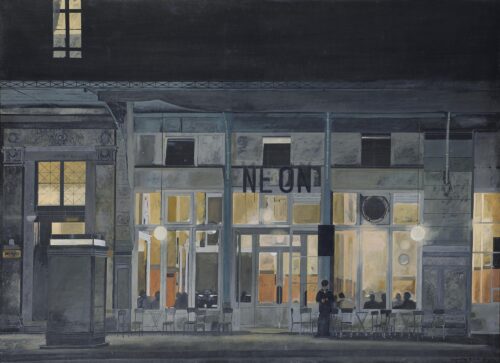
“Neon” Cafe (Night), 1965 - 1966
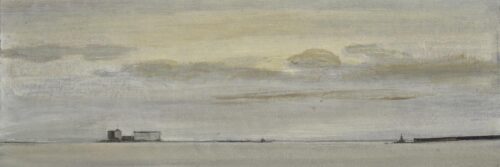
Sunrise in the Port of Chios, 1965
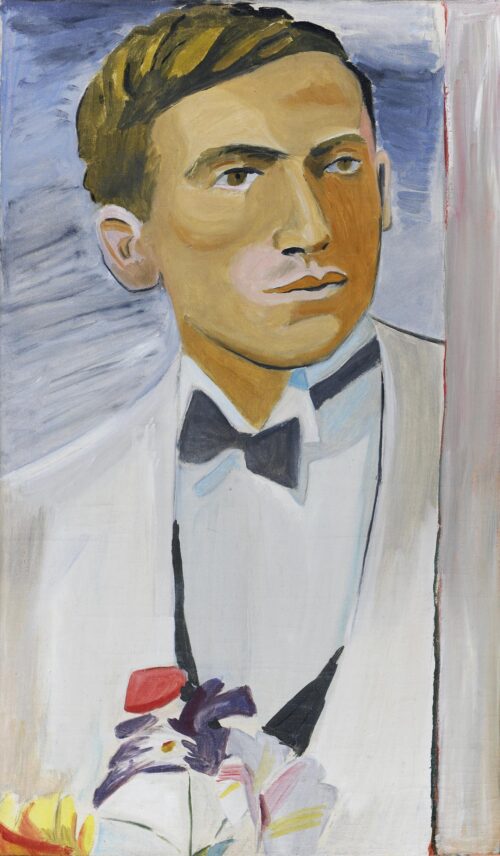
Version of a Portrait with Paper Flowers, 1934
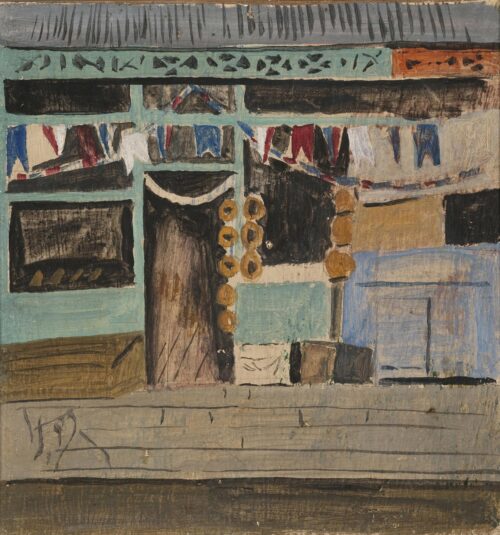
Untitled, ca. 1950
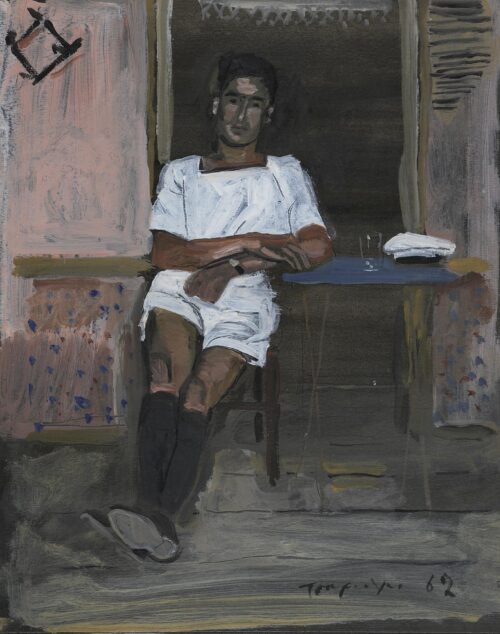
Sailor, 1962
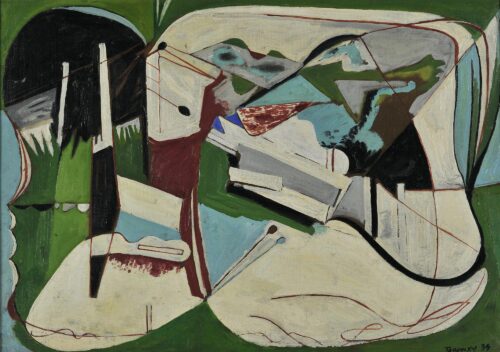
Olympia Landscape (Green), 1934
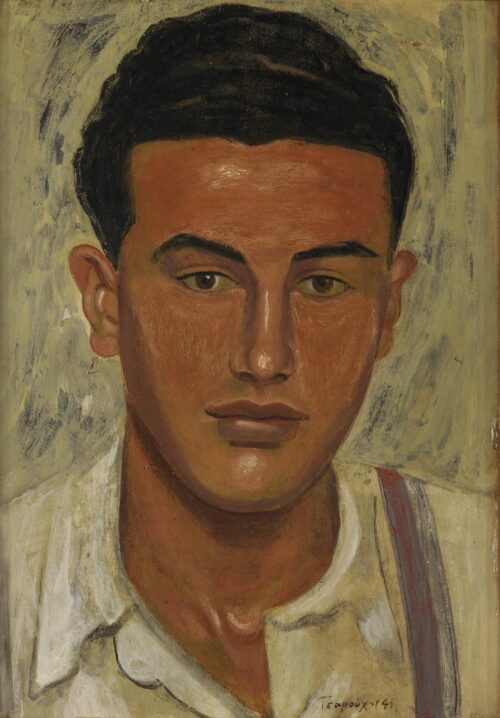
Head of a Youth, 1941
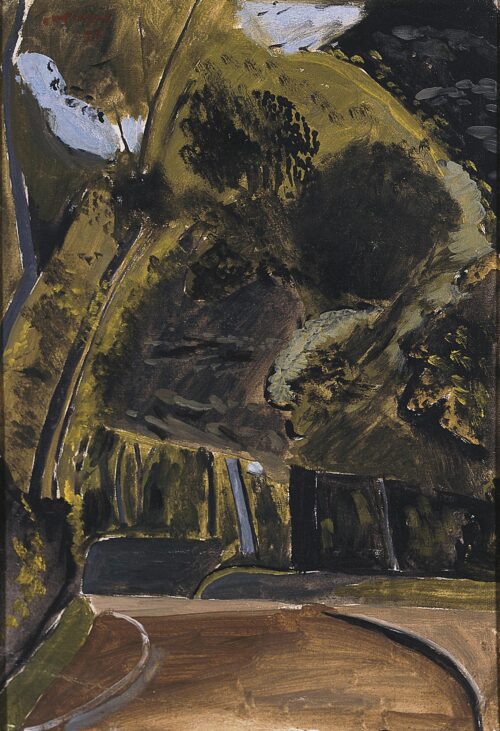
View from a Park, 1977
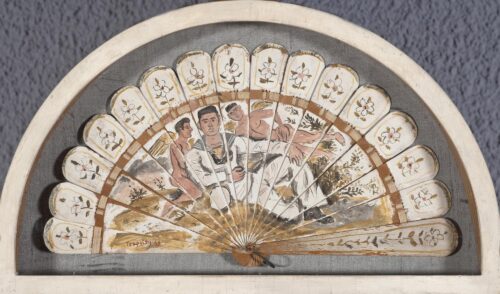
Sailor and Cupids, 1943
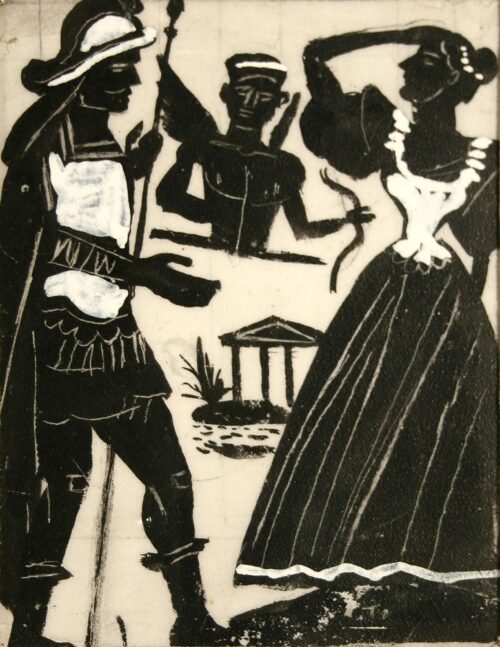
Model for the Programme of the Theater Play “Erofili” (Mythology), 1945
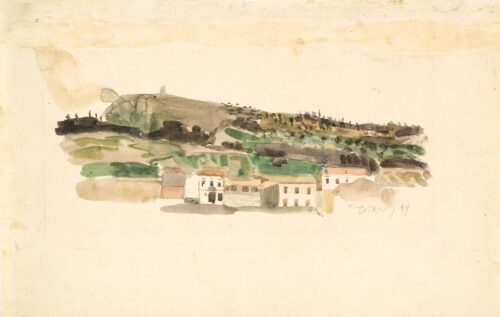
Landscape, 1949
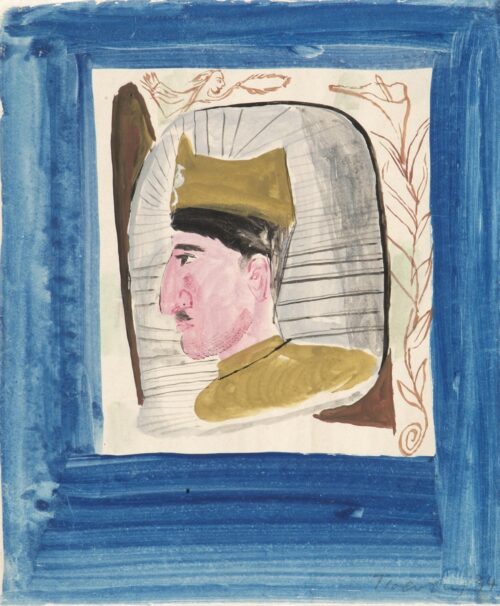
Head of a Soldier in Profile (with Blue Margin), 1934
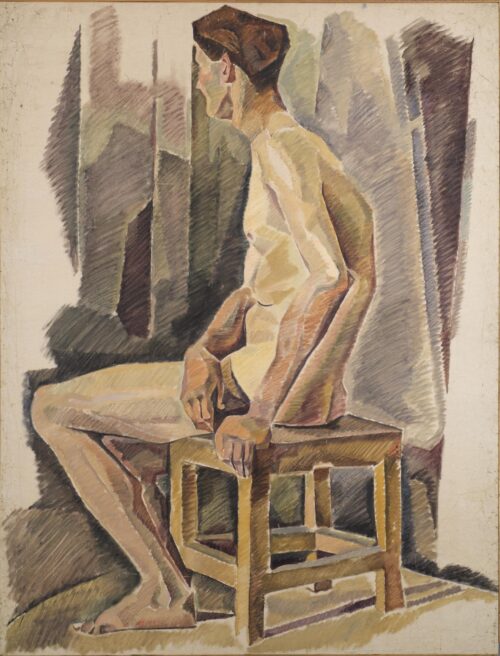
Nude Study, 1934
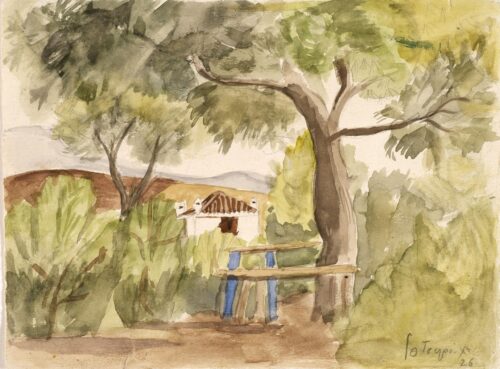
Landscape, 1926
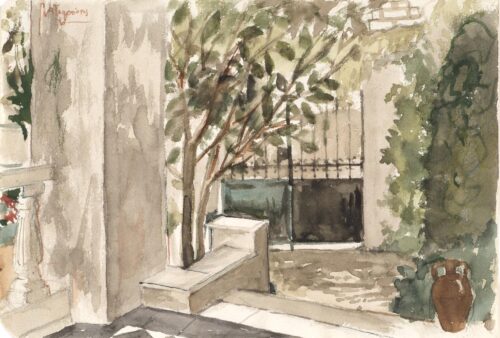
Landscape, 1926
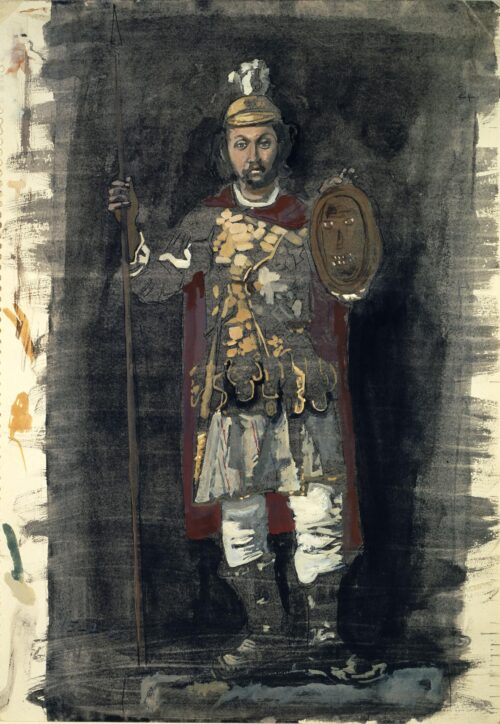
The Painter Theophilos, 1965
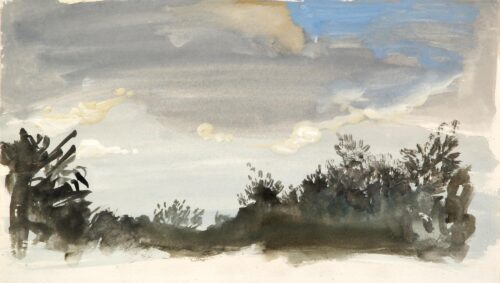
Mytilini, Landscape, ca. 1965
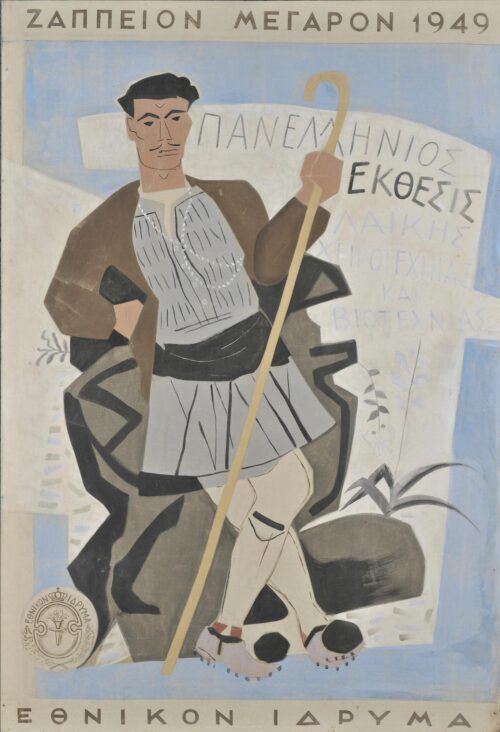
The Shepherd (Banner painted for the Panhellenic Popular Handicraft and Crafts Exhibition), 1949
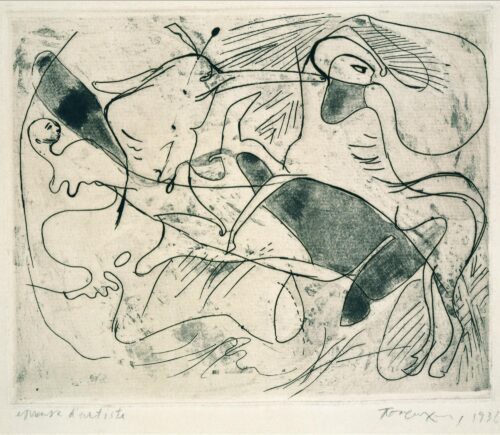
Centaurs and Lapiths, 1936
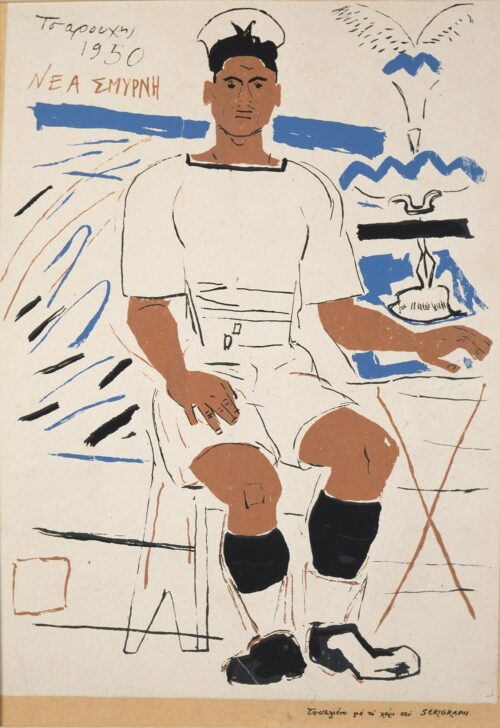
Sailor, 1950
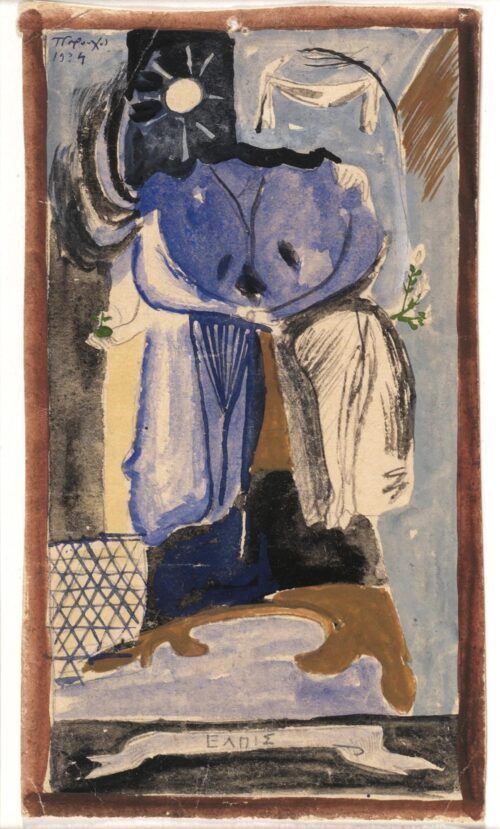
Hope, 1934
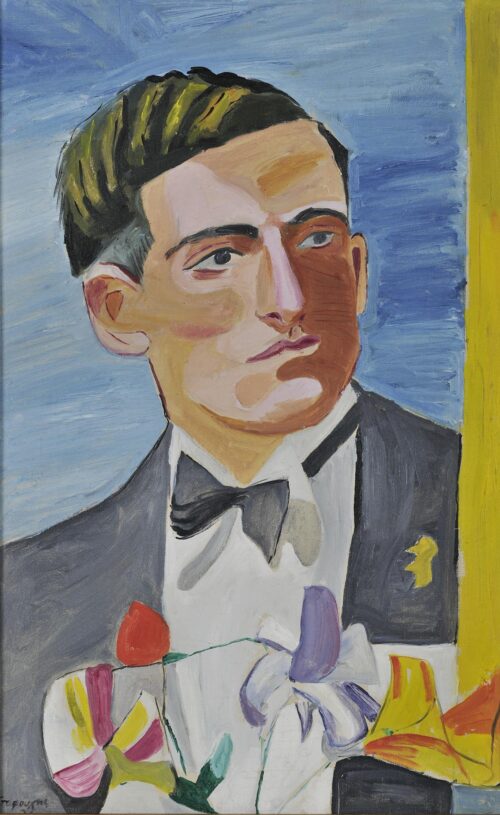
Portrait with Paper Flowers, 1936
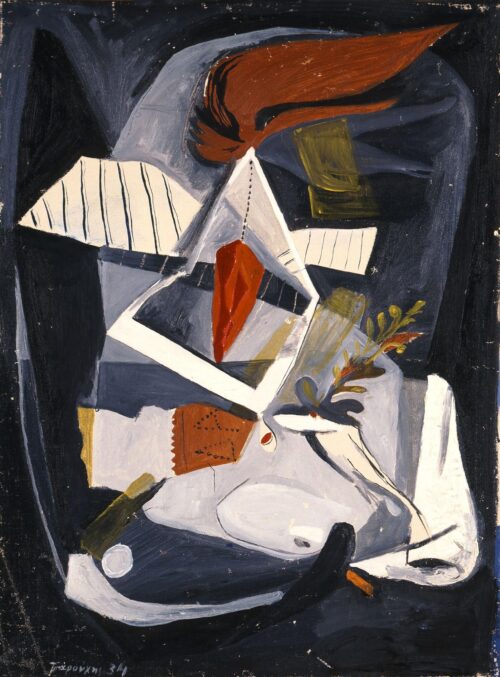
Portrait of a Youth in Winter, 1934

We use cookies to make our site work properly, to personalize content and ads, to provide social media features and to analyze our traffic. We also share information about how you use our site with our social media, advertising and analytics partners. Read the Cookies Policy.
These cookies are necessary for the website to function and cannot be switched off in our systems. They are usually only set in response to actions made by you which amount to a request for services, such as setting your privacy preferences, logging in or filling in forms. You can set your browser to block or alert you about these cookies, but some parts of the site will not then work. These cookies do not store any personally identifiable information.
If you disable this cookie, we will not be able to save your preferences. This means that every time you visit this website you will need to enable or disable cookies again.
These cookies tell us about how you use the site and they help us to make it better. For example these cookies count the number of visitors to our website and see how visitors move around when they are using it. This helps us to improve the way our site works, for example, by ensuring that users find what they are looking for easily. Our website uses Google Analytics for statistics reporting.
Please enable Strictly Necessary Cookies first so that we can save your preferences!